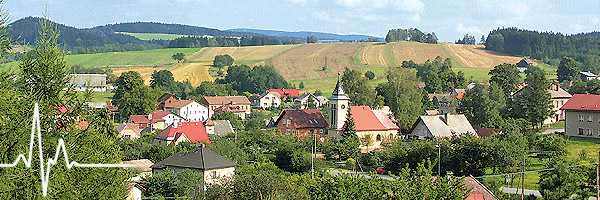
Česká Čermná is a village and municipality in Náchod District in the Hradec Králové Region of the Czech Republic. The village is located close to the Polish border. A dedicated website is available where you can find more information on this location.
The village location is covered by the excellent Geology.cz website, where we can find some interesting data on the soil and continental crust composition. First, here is a map that will show the some of the rocks contained. The red pointer in the second picture, indicates the location of the Česká Čermná:
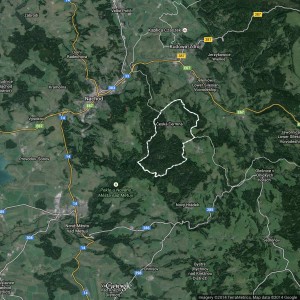 Source | 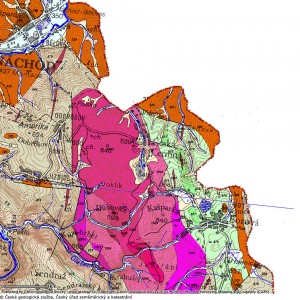 Source |
For the second photo, the legend on the geology website indicates the following composition:
The granodiorite and the albite-granodiorite minerals contain small amounts of Thorium-232 and Uranium-238 . As a result there is a slightly increased natural radioactivity in the area, and a bigger concentration of Radon, as presented here:
“These maps of radon index (originally known as radon risk maps) roughly indicate the average level of activity (occurrence) of radon in different geological units. The geological bedrock is yet the most important source of radon in buildings. Maps of radon index (radon maps) but have only indicative nature and does not serve for radon or risk to the individual plots or even in specific buildings! These maps were used for example in locating the radon detectors to objects within the radon program.” Source
The Legend shows clarifies the colour map information on radon distribution: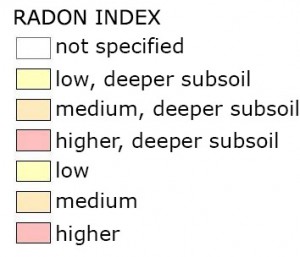
A few Czech sources present some interesting details on Radon:
Natural radioactivity and radon problem
Radioactivity in water and possible remedial measures
How radon enters a house
Radon Risk mapping
Recently a uRADMonitor unit went online in Česká Čermná, unit 1200000F. The unit measured an average of 9.8CPM in Timisoara Romania, computed over 7hours: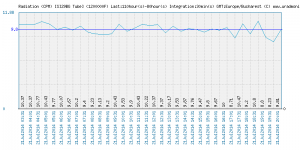
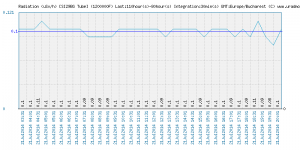
When the unit arrived at it’s destination, the indications raised to almost double, 21.97CPM: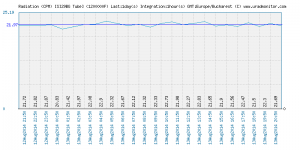
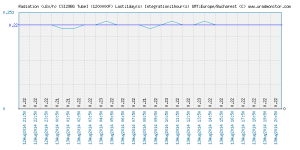
The readings are the highest amongst all other uRADMonitor units currently available in the network. The data can be viewed here.
 Radu Motisan
Radu Motisan
Discussions
Become a Hackaday.io Member
Create an account to leave a comment. Already have an account? Log In.